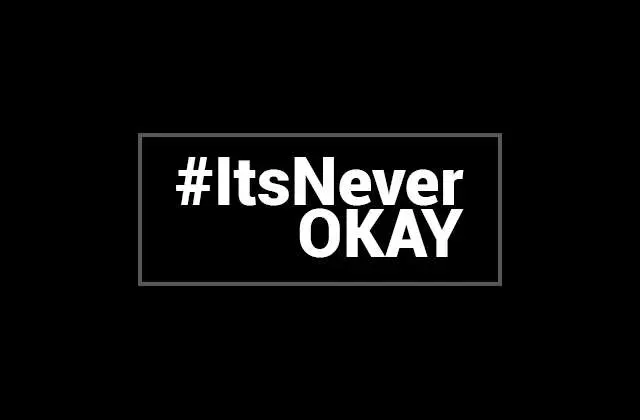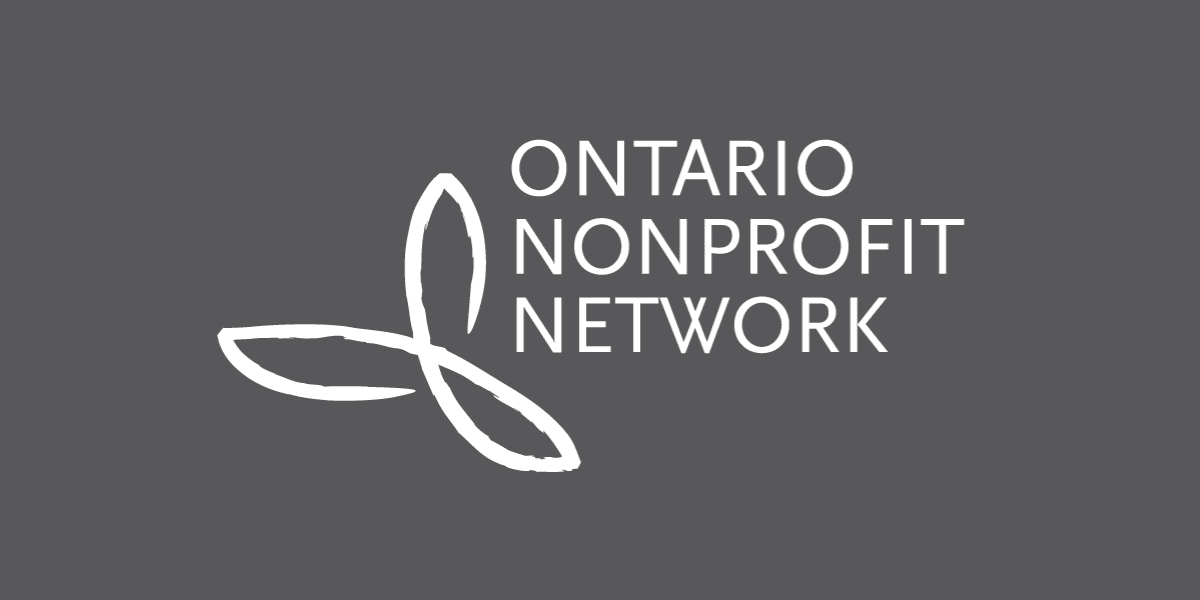
Blog
Decent Work: Could harassment be lurking in your collaborative workplace culture?
One of the many wonderful things about the nonprofit sector is its hallmark of being values-driven – admirable values like integrity, respect, openness – the values that draw us to work in the sector in the first place.
Compare this with the stats about workplace harassment:
– For Personal Support Workers in Ontario, 20% experience harassment or violence on-the-job
– 50% of workplace harassment victims suffer from mental health problems
– 28% of the Canadian workforce experiences unwanted sexual advances
– Bullied workers take, on average, 7 more sick days each year
– 29% of bullied workers stop the bullying by quitting their jobs
There’s also the reality that incidents of harassment are significantly under-reported. So, these statistics make things look better than they actually are.
How do you square these stats with our belief that we as a sector are better at workplace culture than others?
The answer is that nonprofits are not immune to the kinds of issues that plague other sectors. Even if you have a high EQ, you may still not see any signs of a problem until you put in place the anti-harassment program now required by the Occupational Health and Safety Act.
One of the critical elements of such a program is a clear reporting mechanism for staff to report incidents of harassment, including an alternate disclosure channel if the alleged harasser is the worker’s own supervisor.
If you receive a disclosure of sexual harassment, you may feel shocked and unsure what next steps to take. Yet, if you know you have a problem, you’ll be able to do something about it.
You may think that once you implement an anti-harassment program and have no disclosures, it confirms that your workplace culture is healthy.
Or is it? Given the high rate of suppression, combined with the reality that harassment often takes subtle forms and that harassers can be very good at “managing up,” just implementing a reporting mechanism may not be enough. You will need to lead by example. Not just with your day-to-day conduct but also by your actions – initiate, repeatedly, conversations about the values you want your team to emulate.
Conduct confidential surveys to find out what would make it safe for your staff to report harassment. Use a collaborative process to develop a Code of Conduct, not just for staff, but for clients and customers. Then post the Code in a highly visible location. And keep looking for more ways to open up the conversation.
In other words, be brave. Harassment is a difficult topic at the best of times, and our jobs are already demanding. But if you remain committed to this goal and show others how to turn difficult conversations into constructive change, you can take pride in creating a healthy workplace culture that reflects your values and those of nonprofits across Ontario.





